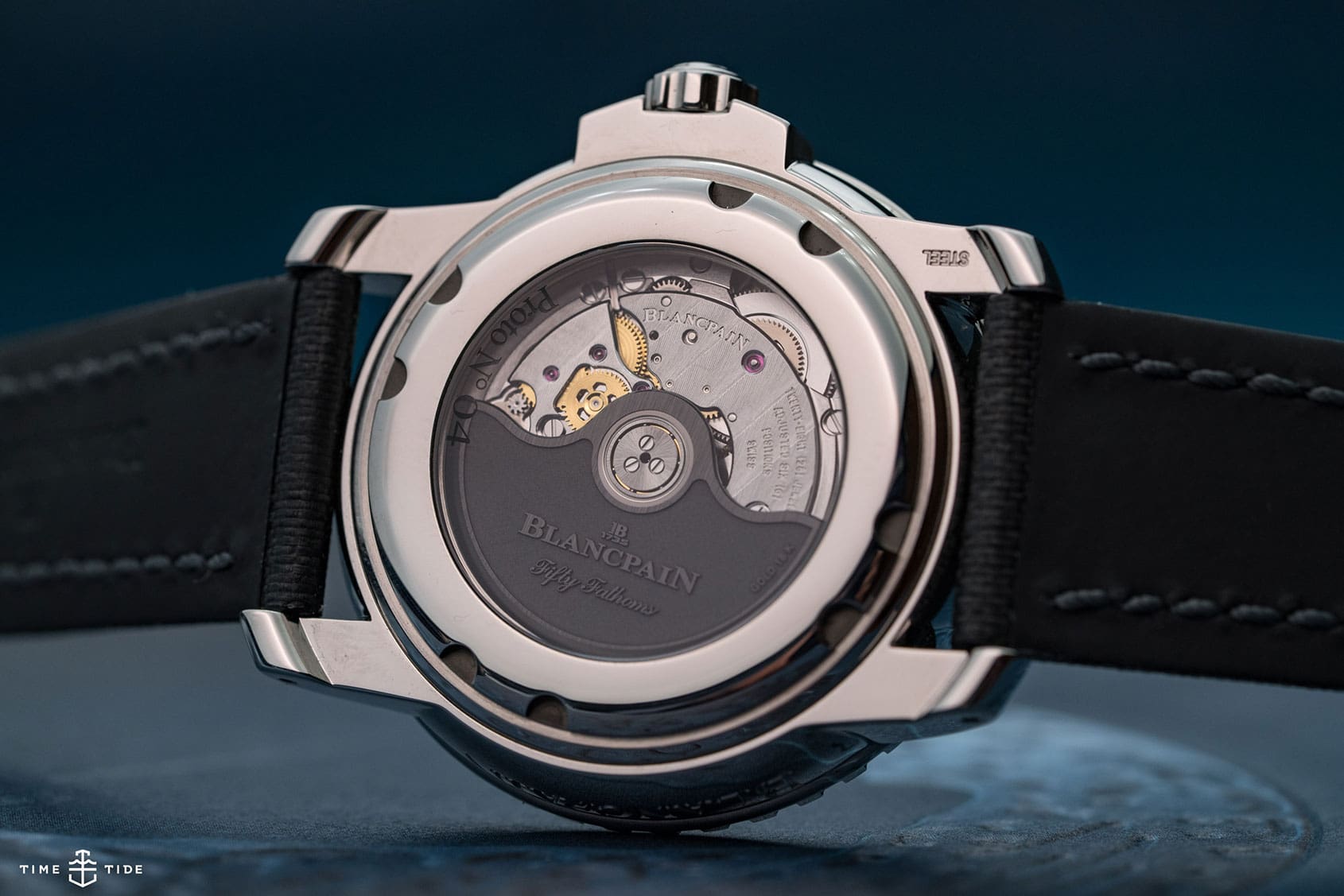The ultimate watch glossary – the intermediate edition, feat. wheels, pinions and more
Time+TideEditor’s note: Last week we kicked off our series on the ultimate watch glossary — well, now it’s back and slightly more complex. Read on if you want to know what really makes your watch tick …
Mechanical watch, manual or automatic
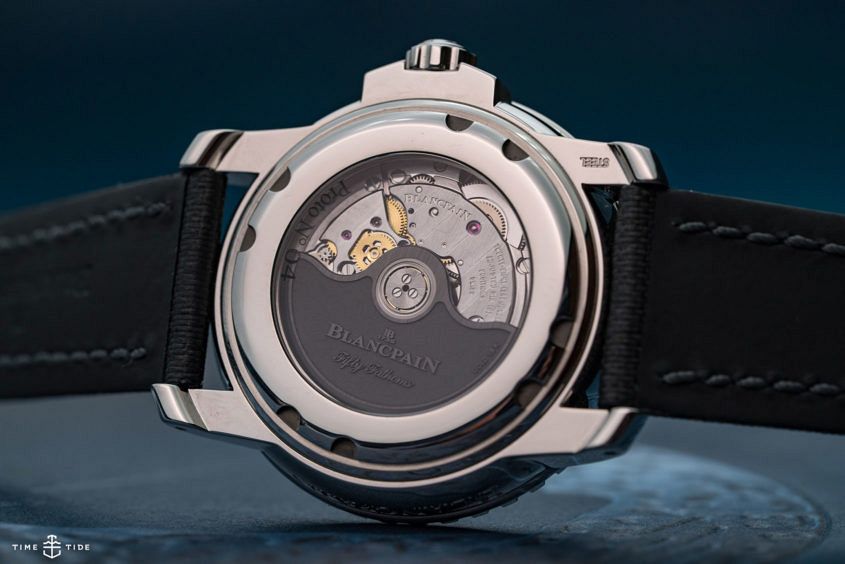
There are two types of mechanical watch, and the difference comes down to how the watch is wound. A manual watch must be wound by way of the crown, typically once a day, but it depends on power reserve (more on that shortly). This action winds the mainspring around the barrel arbour (the central post in the middle of the barrel in which the mainspring sits). The tension built up in this spring as it tries to uncurl is what drives the wheels of the watch forward. In an automatic watch, an oscillating weight (also known as a rotor) swings inside the watch as the wearer moves their wrist. This takes the place of the crown having to be manually wound and it keeps the mainspring wound throughout the day. The advantage of an automatic watch is therefore that power supply to the timekeeping organ of the watch is far more stable and, as a result, so too is the timekeeping itself. Manual-wind mechanical watches also have advantages over automatics, as the absence of the constantly moving rotor reduces wear and stress on the components. There are also far fewer parts in a manually wound watch (especially dynamic, high-friction parts) so they’re often thinner, and movement breakdowns are less common.
Power Reserve
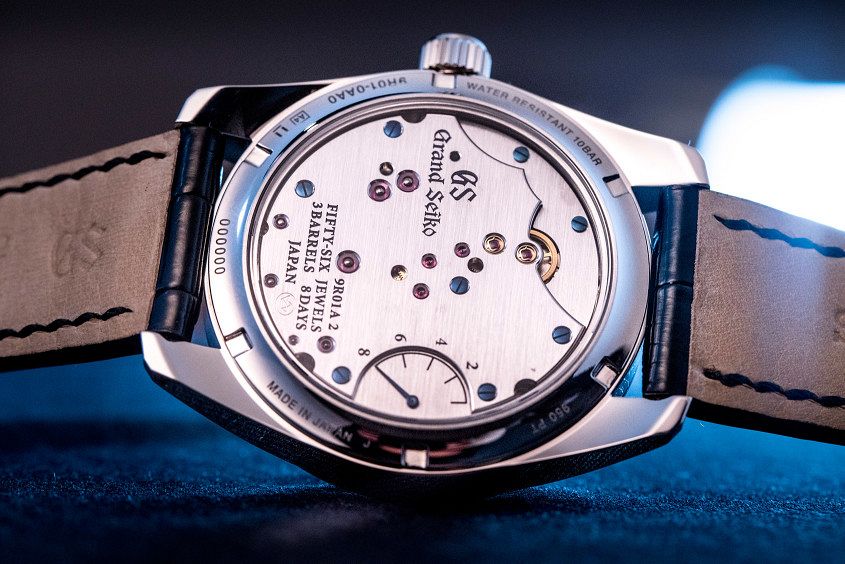
Power reserve is quite simply the length of time for which the watch will continue to operate after it has been fully wound (to the point at which the mainspring is as tightly coiled around the barrel arbour as is possible). Most modern watches have a power reserve of at least 38 hours. Although this is well over 24 hours (so the watch need only be wound once a day), the timekeeping can start to suffer towards the end of a mainspring’s unwinding, which is why such a large buffer is allowed for. You might be asking why timekeeping suffers when the spring comes closer to being unwound … well, in the same way that you would become tired after several hours of activity, so too does the spring start to lose energy. This lack of power being transported to the timekeeping elements of the watch means sometimes inaccuracies can creep in. This problem is circumnavigated by an automatic watch that is constantly being wound while worn on the wrist, by way of a rotor weight that swings as the wearer moves.
Helium Valve
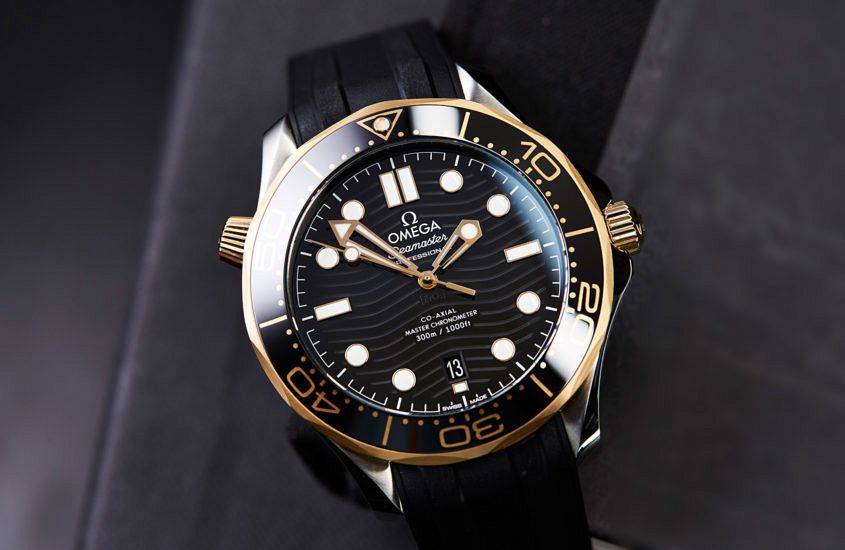
A helium valve is fitted to diving watches to allow minuscule helium particles to safely escape from the watch as the diver returns to the surface. When extreme depths are reached in a diving bell (a large submersible chamber filled with breathing gas that contains helium), tiny helium particles are forced through the gaps between the watch’s external components. Under continued pressure, these particles aren’t a problem, but as the diver returns to the surface, the particles attempt to escape the watch. Without the helium valve (which acts as a one-way door for the particles to leave the watch but not to return) the watch could explode, with several instances reported of sapphire crystals blowing off the watches of early divers as they surfaced.
Wheel
Wheels, with specially-shaped teeth, are used to transfer power from the mainspring in its barrel to the timekeeping organ (the escapement). Wheels are also used in many different complications to transfer power to different areas of the watch and deliver it in the right increments. They’re normally made of brass and thus golden in colour.
Pinion
A pinion is the post upon which a wheel sits, or, in some cases, just the post itself. They often have their own special kind of teeth called ‘leaves’. Wheels and pinions tend to engage with each other, changing the ratio of the power as it is distributed from the mainspring. Different kinds of pinions performs a wide array of functions and can often be seen at work through the back of the watch (pinions are usually made of steel and are therefore normally silver in colour).
Mainspring
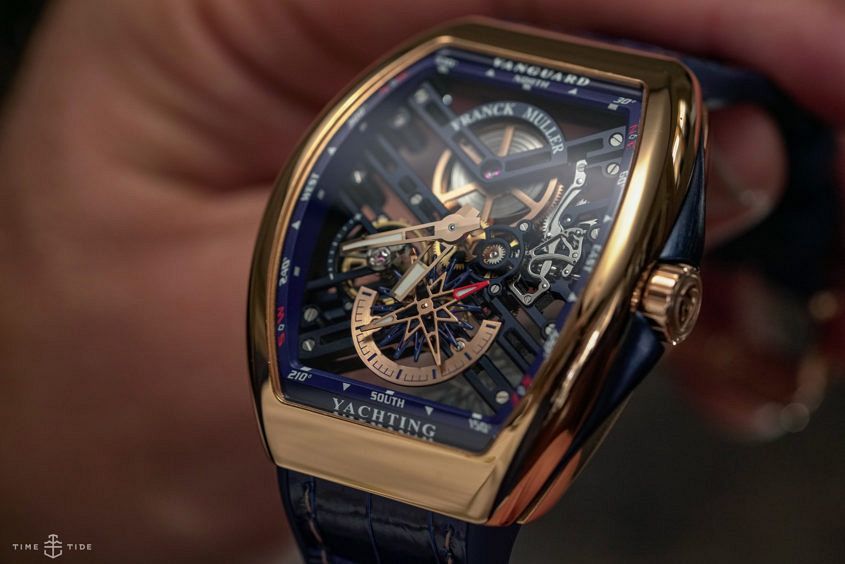
The mainspring is the power source of a traditional mechanical (either manual or automatic) watch. The mainspring sits within a toothed barrel that engages with the wheels of the gear train that connect the power source to the escapement, which is the timekeeping organ of the watch. The barrel pivots on a central post that is known as the arbour. The mainspring is attached by a hook to this arbour and coiled tightly around it when fully wound. When fully wound, the mainspring occupies roughly one-third of the available space within the barrel.




